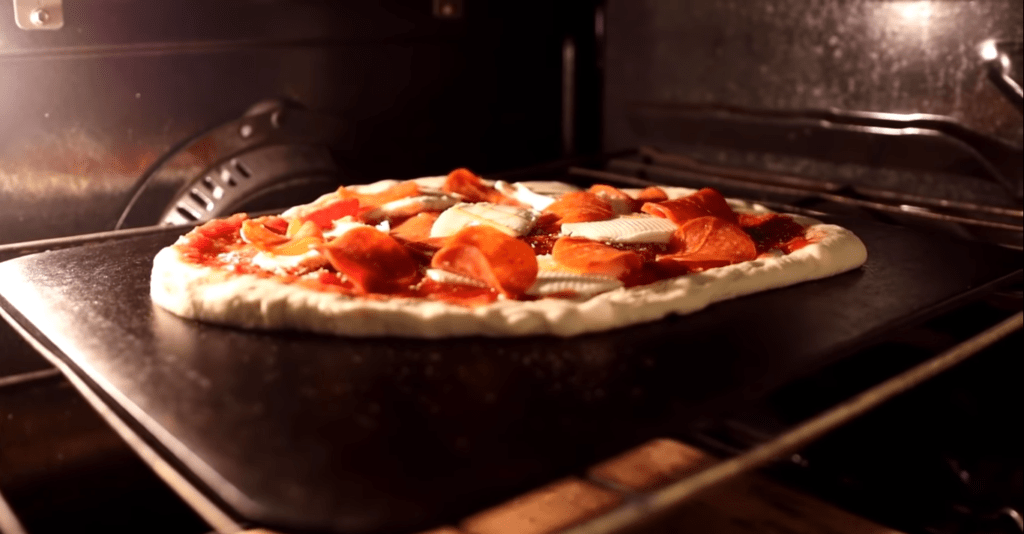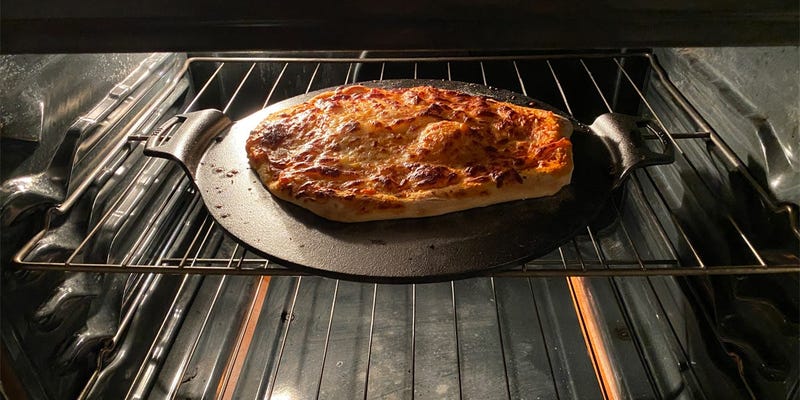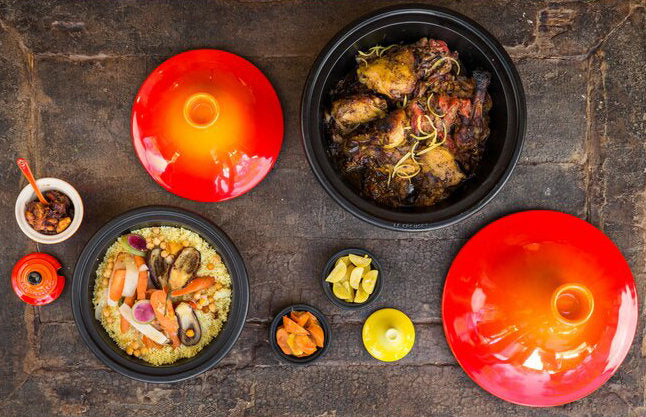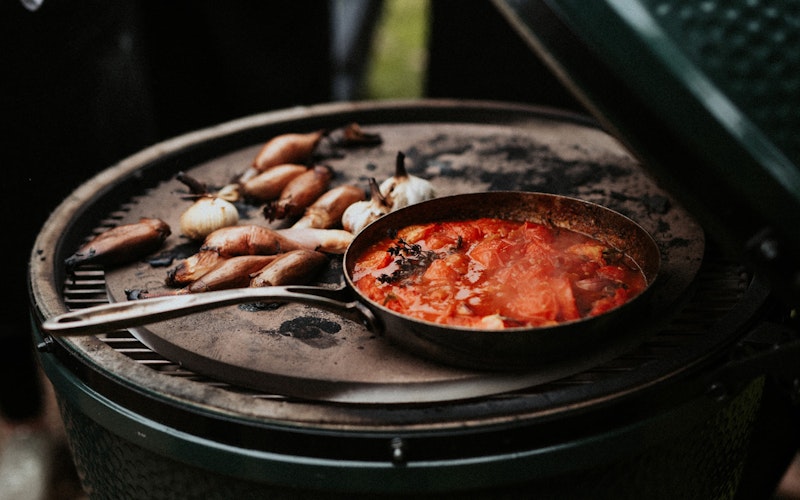Welcome, esteemed kitchen professionals, to the world of culinary magic where the humble baking stone in home oven can revolutionize your art. Utilizing a baking stone in your kitchen arsenal is not merely functional; its a transformative experience for all who dwell in the realm of dough and crust.
The initial allure of using a baking stone in home oven lies in its simple yet sophisticated ability to mimic the radiant consistent heat of a traditional brick oven. This tool is indispensable for the serious home chef aiming to elevate their bread and pizza-making endeavors.

Why Use a Baking Stone?
A baking stone, made from porous material, captures and evenly distributes heat across its surface, ensuring an even baking temperature. This is crucial for creating the perfect crust that is both crispy on the outside and soft on the inside.
As explored in baking stone materials, the stone's ability to absorb moisture from the dough further enhances the textural quality of baked goods. The result? A crust with a delectable, artisan quality that is often sought after in high-end restaurants and gourmet bakeries.
How to Properly Use Your Baking Stone
Approaching the use of a baking stone in home oven with artistry ensures the culmination of exquisite results. The process begins with the preheating ritual, a crucial step. How you use a baking stone significantly impacts the outcome of your culinary masterpiece.
Preheat your oven along with the baking stone for at least 30 minutes. This ensures that the stone reaches an optimum temperature, allowing your dough to experience an immediate surge of heat once it is placed on the stone, contributing to an ideal crust development.
Perfecting Your Baking Technique
While embracing the art of baking with your stone, its imperative to consider the various techniques that accompany this tool. For guidance on baking various dough types, including flatbreads and artisanal loaves, the recommendations in baking stone buying checklist are invaluable.
Furthermore, employing a pizza peel will help safely maneuver dough onto the heated stone. The frictionless slide from peel to stone is an art suitable for professional cooks, ensuring the dough remains intact and evenly spread.
Troubleshooting Common Issues
Every culinary journey comes with its fair share of troubleshooting, so when setbacks occur, turn to expert advice. Avoid the pitfalls by educating yourself on possible issues with dough sticking or uneven cooking, well-documented in the baking stone alternatives article.
Experimenting with temperature variations and baking times can significantly enhance the final product. Be mindful of these adjustments to develop a feel for the stones response within your ovens environment.
Maximizing Your Stones Lifespan
Preservation of your baking stone leads to longevity and sustained performance. Avoid using soap or detergent on the stone, as its porous nature will absorb these substances, altering the taste of your final creations. Instead, use a scraper or brush to clean stuck-on residue once the stone has cooled.
Store in an area free from moisture and extreme temperatures to prevent cracking. As noted in baking bread tips, proper care and maintenance of your stone ensure its durability.
In Conclusion
The evolution of your kitchen endeavors hinges on mastering the baking stone in home oven technique. Experiment, evaluate, and enjoy the artistry that follows, rewarding your kitchen skills with new realms of flavor and texture.
For more tips and tricks on perfecting your baking, you might also consider checking out other resources, such as this comprehensive guide for perfect crusts.

FAQ
How do I clean a baking stone?
To clean a baking stone, scrape off any baked-on residues with a brush or scraper. Avoid using soap or water directly on the stone as it can absorb unwanted flavors. Let it air dry completely before storing.
Can I use a baking stone for frozen or ready-to-bake pizzas?
Absolutely! Just ensure your oven is preheated along with the stone for best results. Cooking times may vary, so monitor closely to prevent burning.
What temperature is ideal for baking on a stone?
The best results are achieved when the oven is preheated to at least 450F (232C). This high temperature helps develop a crisp crust without overcooking the interior of the dough.
This article contains affiliate links. We may earn a commission at no extra cost to you.






Leave a comment
This site is protected by hCaptcha and the hCaptcha Privacy Policy and Terms of Service apply.